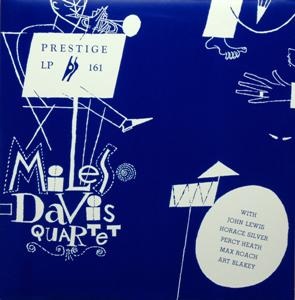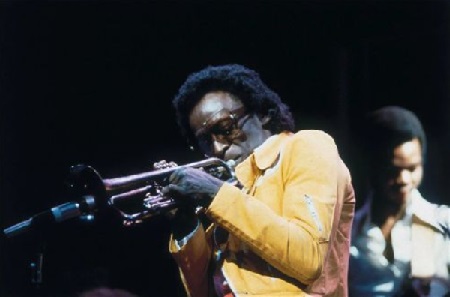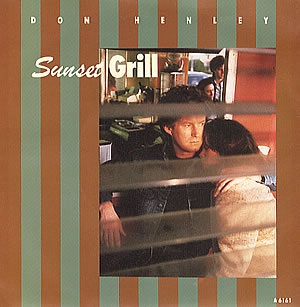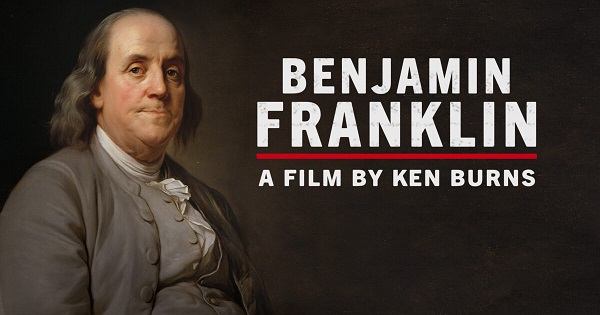Maybe I am a touch of a romantic. Perhaps the truest, saddest album ever put out by the boss, an album specifically billed as a solo effort by Bruce Springsteen, I offer a look at the eighth studio album by Bruce Springsteen, namely Tunnel of Love. The album itself, one that tells the emotional story of the emotional pratfalls for a marriage that ends in divorce, may be an absolutely odd offering two days before the holiday known as Valentine’s Day. Enjoy this ride with the songs, which will play in response to the linked song names that follow.
 (The album cover for the album Tunnel of Love by Bruce Springsteen).
(The album cover for the album Tunnel of Love by Bruce Springsteen).
Ain’t Got You opens the album Tunnel of Love with a stripped down, Bo Diddley rhythm and blues beat. Bruce is pining for love perhaps out of reach. Per the website Song Facts based in Connecticut, Springsteen recorded this song at home by himself while his marriage was on the rocks.
A song never released as a single in the United States, Tougher Than the Rest follows the opening ditty. The E Street Band backs up the boss’ a rockabilly sensibility slowed to a more methodical pacing that almost approaches ballad. I sense a Roy Orbison feel in where the production landed. The emotion and lyrics of the song coupled lends the music here a willingness to see about love if, yes if, the dance partner Bruce receiving the song can reciprocate the feeling.
All That Heaven Will Allow offers an upbeat cadence into laying “bare the hope and fear of a man in love,” per Rolling Stone magazine. Musically, the song combines the percussion of Ain’t Got You with the emotion and remaining sound of Tougher Than the Rest as a launching point. As a testimonial of the male heart seeking love, All That Heaven Will Allow speaks truth.
 (A live edition of the single for All That Heaven Will Allow by Bruce Springsteen).
(A live edition of the single for All That Heaven Will Allow by Bruce Springsteen).
Spare Parts is a direct and unabashed aim at a rock song told with the flare of an old fashioned country song. Lacking the lyrical subtlety of other songs, the narrative thread of Spare Parts offers life as it happens, the panic and fear driving a lack of responsibility, and the way ladies suffer with unaided support and broken hearts in the face of that.
Introspection as an answer to reckless youth reflects the answer Cautious Man gives to succumbing to fear in Spare Parts. Like with All That Heaven Will Allow, the bitter head of the vulnerability of love and fear is present (with tattoos), though this time in the notion of an existing marriage. The give and take of the inner turmoil seems to land on risking the hurt for the payoff of love through the recognition of “the beauty of God’s fallen light.”
Walk Like a Man, in ending the first side of the album Tunnel of Love, invokes the boy inside the man at the point committing to lifelong love (marriage) comments. The song can be taken as invoking the son’s relationship with his father as he, the son, gets married. The vulnerability of the relationship between son and father as the son steps into a new commitment with his wife, the layers at play here invoke much.
 (The back cover of the album Tunnel of Love by Bruce Springsteen).
(The back cover of the album Tunnel of Love by Bruce Springsteen).
The song Tunnel of Love, the second single released from the album after Brilliant Disguise, incorporates several E Street Band members. Bruce’s future wife Patti Scialfa offers backing vocals, too. The central metaphor for the song Tunnel of Love invokes a carnival ride as the larger feelings of marriage. I note the power of this metaphor in not invoking a roller coaster as that metaphor.
Two Faces returns to the notion of the false confidence inexperience in love brings to the notion of love. The song juxtaposes the playful organ sound of a carousel with the sadness of a dirge. The song presented to me a romantic notion of the flourish of love in a marriage followed by the emotion of a destroyed love when marriage comes to an end.
Brilliant Disguise offers the perhaps most uniquely, lyrically Bruce take on a love song on the whole album. Expressing self-doubt in love, the song is perhaps the quintessential breakup song for the marriage that ended soon after the album’s release. Getting into notions of whether Bruce and his first wife, Julianne Phillips, could be truthful with themselves or their partner in their marriage. The vulnerability, the truth, and that things didn’t work … the emotional truth of this song is rare. Brilliant Disguise is the best song of the whole album for me.
 (The single for Brilliant Disguise by Bruce Springsteen).
(The single for Brilliant Disguise by Bruce Springsteen).
One Step Up reflects the third single released from the Tunnel of Love album. Bruce and his second wife, Patti, are the only members of the E Street Band on the song. The car, the furnace, the church bells, and the birds not functioning in the song metaphorically tell the story of broken relationship parts from the ending marriage of Bruce and Julianne. The emotional truth of the song makes for another winner for the album.
The song When You’re Alone is the full blown relationship’s over dirge of Tunnel of Love. The song is about moving on, grieving, and the odd pace for when memories, good and bad, will come back. Breaking up may be hard to do, and Tunnel of Love spent ten songs getting us there. When You’re Alone gets into what’s next.
Valentine’s Day feels like the grief song, the saddest song, of the Tunnel of Love album. The metaphorical carnival ride of marriage has come to an end; husband and wife aren’t anymore, and the house is no longer home. That the tenor and feel of the song is played as a country song, a form that speaks sadness more than many, ends the story of divorce with mourning.
My sincere take is that the album Tunnel of Love took some unfair lumps as a follow-up album to the album Born in the U.S.A. by Bruce Springsteen and the E Street Band. The truth and honesty of a divorce album, especially with that truth, means Tunnel of Love deserves a better reputation. I completely love this album, which is why the songs are shared within this review.
Matt – Wednesday, February 12, 2020









































 (From left, Joshua Jackson as Luke McNamara and Leslie Bibb as Chloe in The Skulls).
(From left, Joshua Jackson as Luke McNamara and Leslie Bibb as Chloe in The Skulls). (Hill Harper as Will Beckford in The Skulls).
(Hill Harper as Will Beckford in The Skulls). (Paul Walker as Caleb Mandrake in The Skulls).
(Paul Walker as Caleb Mandrake in The Skulls). (Craig T. Nelson as Litten Mandrake in The Skulls).
(Craig T. Nelson as Litten Mandrake in The Skulls). (William Petersen as Ames Levritt in The Skulls).
(William Petersen as Ames Levritt in The Skulls).
 (The album cover for the album Tunnel of Love by Bruce Springsteen).
(The album cover for the album Tunnel of Love by Bruce Springsteen). (A live edition of the single for All That Heaven Will Allow by Bruce Springsteen).
(A live edition of the single for All That Heaven Will Allow by Bruce Springsteen). (The back cover of the album Tunnel of Love by Bruce Springsteen).
(The back cover of the album Tunnel of Love by Bruce Springsteen). (The single for Brilliant Disguise by Bruce Springsteen).
(The single for Brilliant Disguise by Bruce Springsteen).